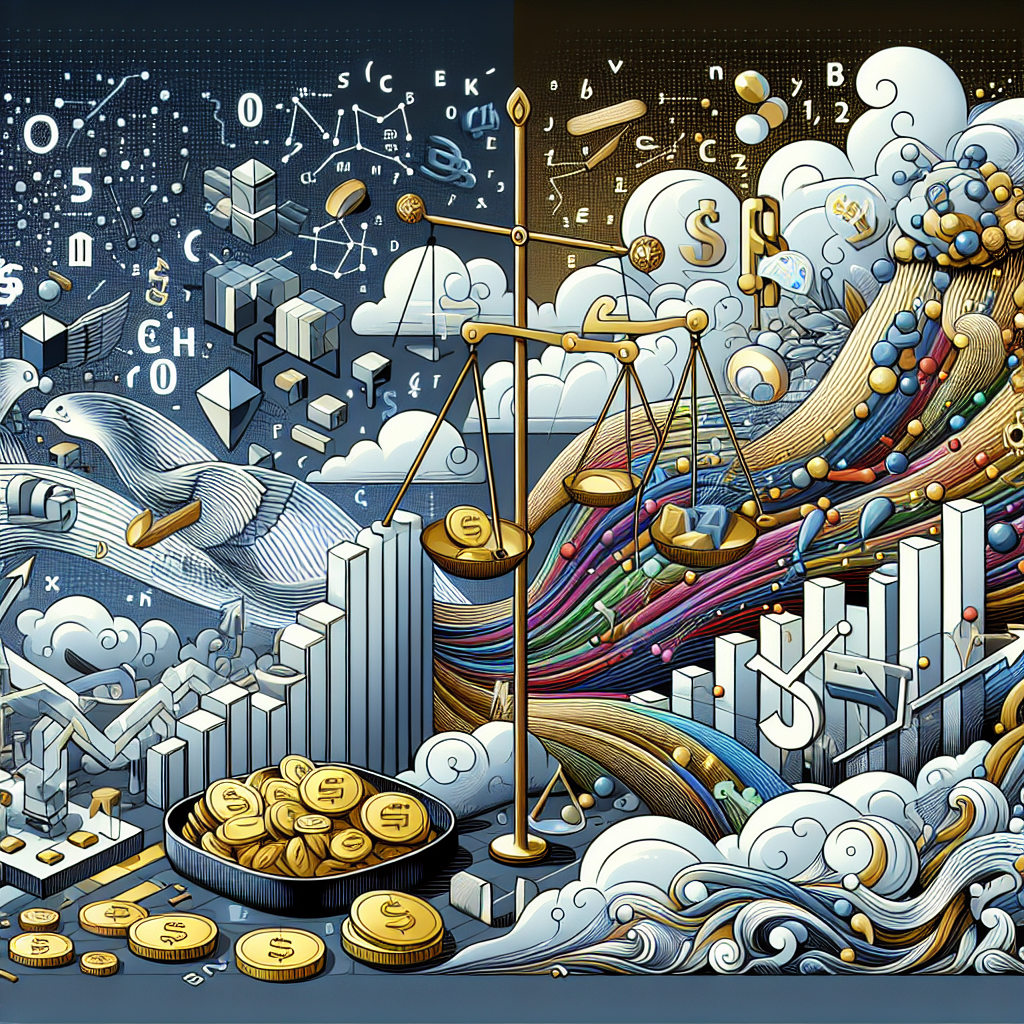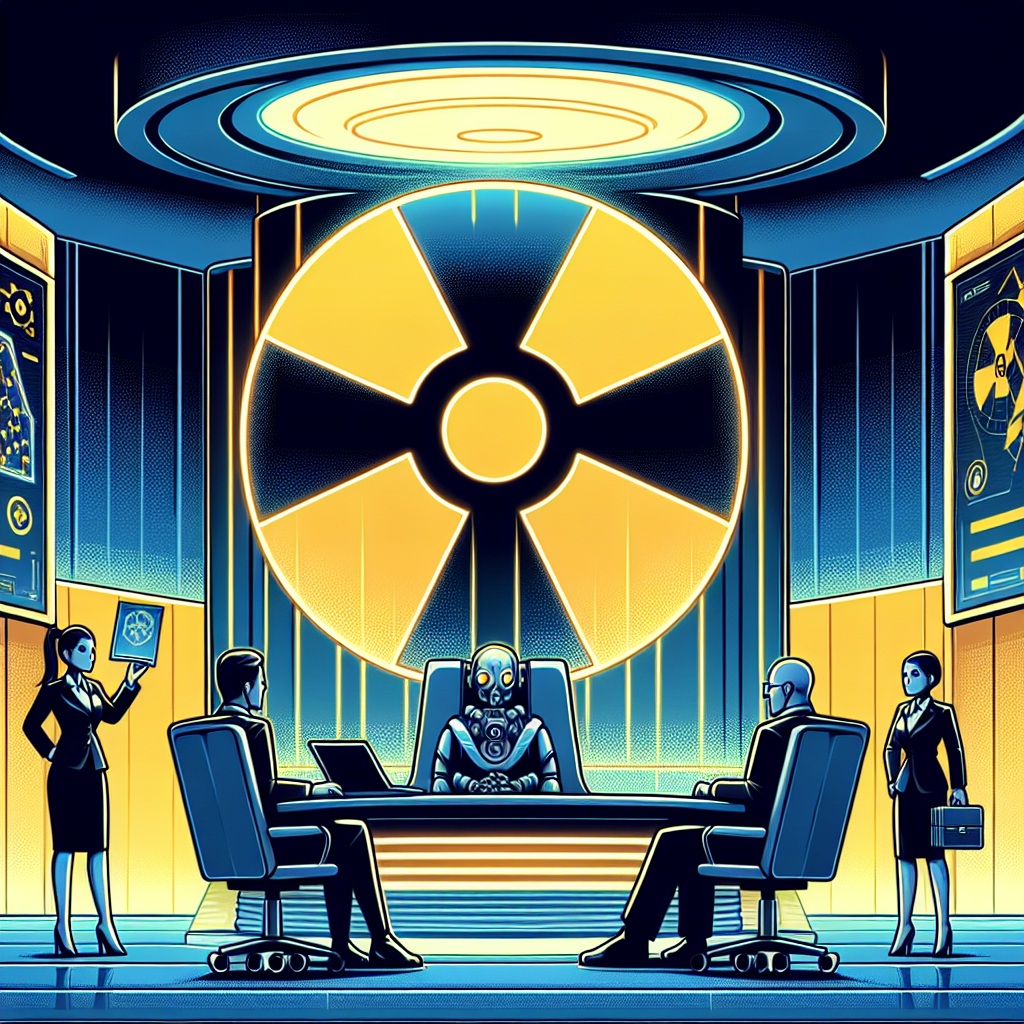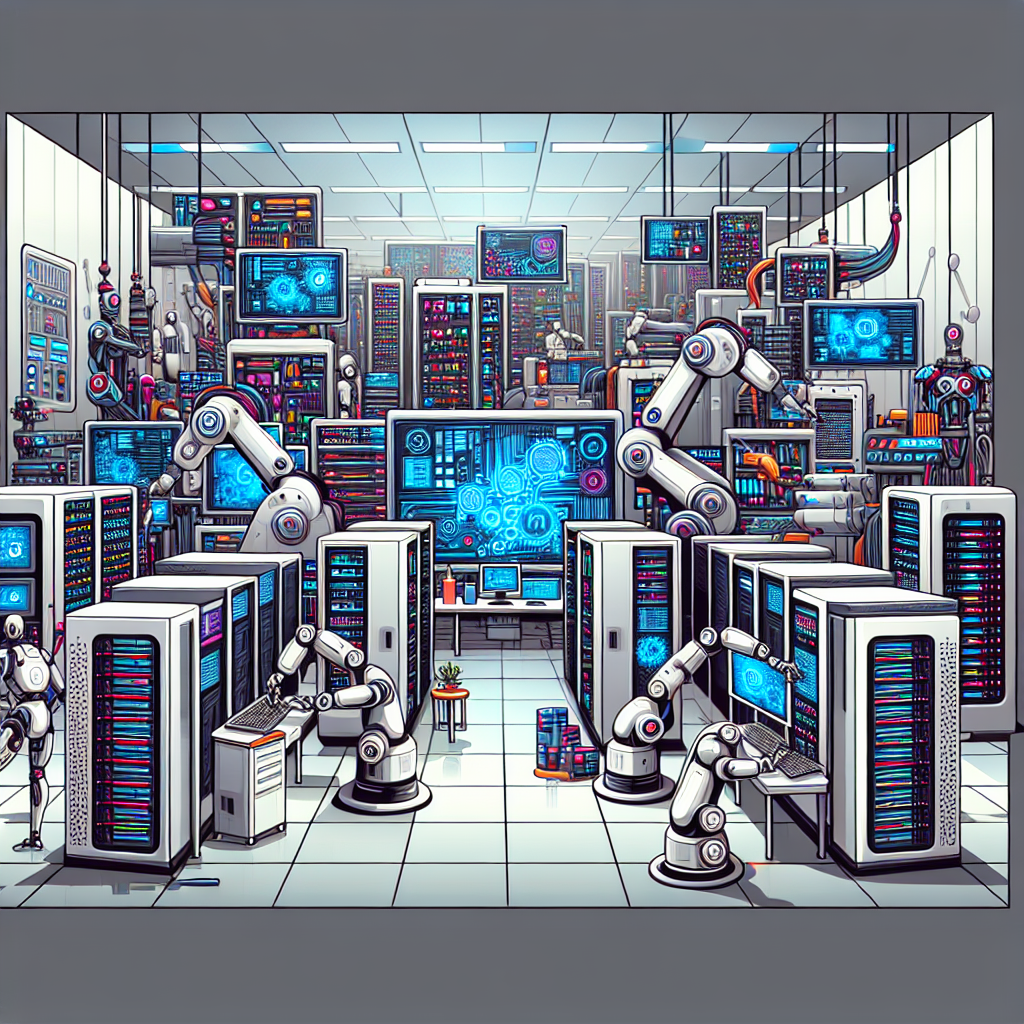Tag: Digital Transformation
In an unprecedented move, Indian Railways – the nation’s principal mode of transport – is leveraging blockchain technology ...
The advent of novel technologies, particularly blockchain and related digital transformations, has primed the global economy for a ...
PermianChain and Vertical Data Forge Partnership to Propel Digital Transformation in MENA Region An innovative collaboration has been ...
A New Focus for G7 and OECD The Group of Seven (G7) and the Organisation for Economic Co-operation ...
In a revolutionary move in the nuclear energy industry, Tezos, a prominent blockchain protocol, has announced the creation ...
The National Security Commission on Artificial Intelligence (NSCAI) has underscored the importance of a robust AI strategy in ...









